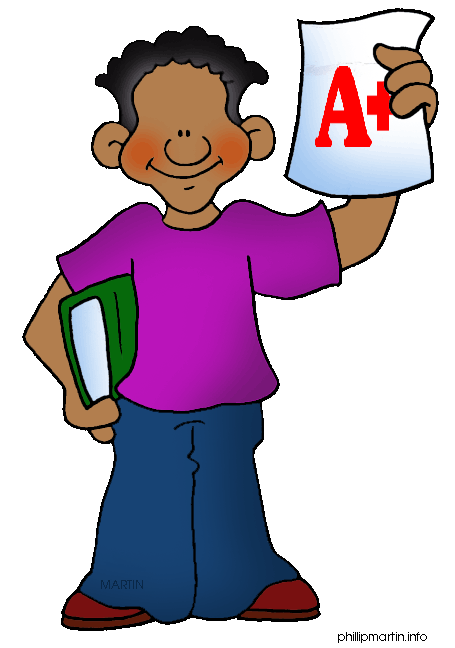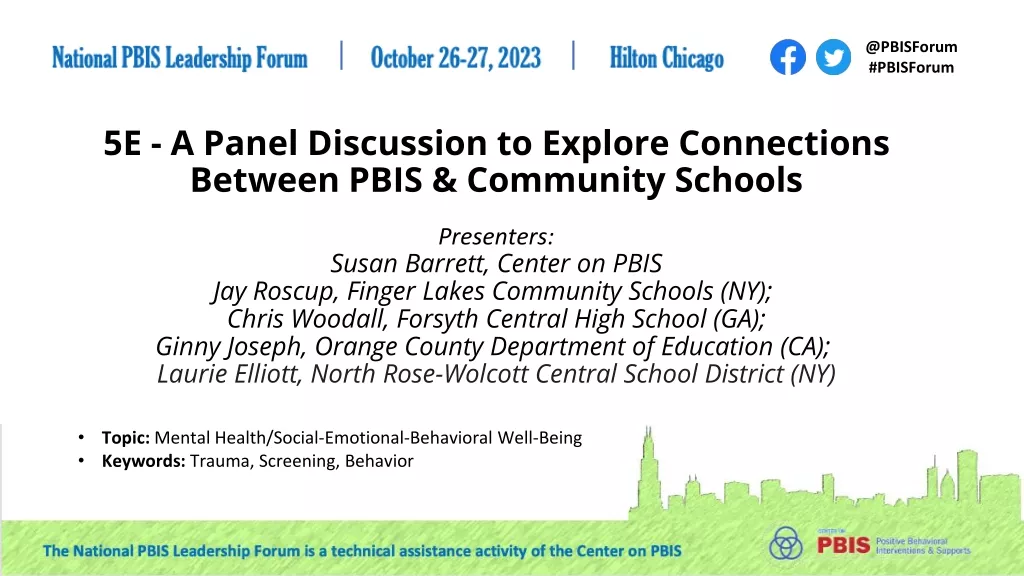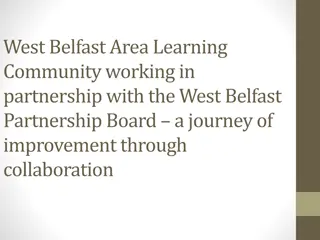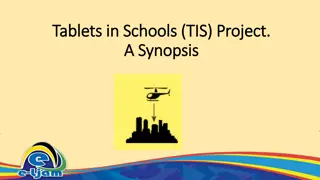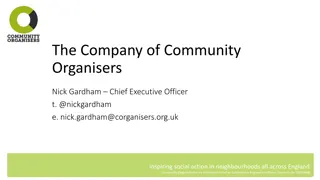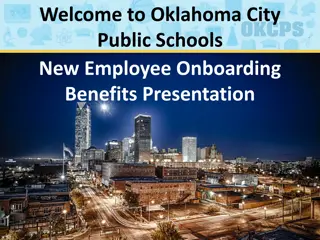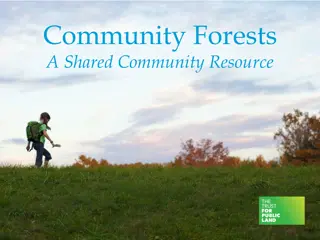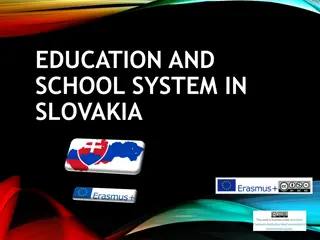Unlocking the Potential: Benefits of Community Schools
Community schools are neighborhood hubs that offer not only academic education but also various services to support the whole child and the entire community. By addressing obstacles like hunger, health issues, and family instability, community schools improve graduation rates, student performance, and overall community well-being. Studies have shown significant positive outcomes in graduation rates, student attendance, academic achievement, school climate, and community engagement when schools adopt this model.
Download Presentation

Please find below an Image/Link to download the presentation.
The content on the website is provided AS IS for your information and personal use only. It may not be sold, licensed, or shared on other websites without obtaining consent from the author. Download presentation by click this link. If you encounter any issues during the download, it is possible that the publisher has removed the file from their server.
E N D
Presentation Transcript
Community Schools in your city!
What are community schools? A community school isn t just a public school within a community. It s a neighborhood hub that combines high-quality academics and enrichment with on-site health and social services not just for the students but for families and the entire community. Parents and community members are leaders in a team to design a plan for the community school and carry it out. Schools are open in the afternoon, on weekends and during the summer to offer arts, sports, college and career preparation, tutoring, life skills and more. On-site medical, dental and mental health and social services for children, families and the community Adult education, English as a Second Language, job training, crisis assistance, housing assistance and leadership development for parents and community residents Full-time Resource Coordinator to support community school
Community schools servethewhole child
Why community schools? If a child comes to school hungry .they cannot learn If a child comes to school sick they cannot learn If a child comes to school worried about immigration, unemployment or violence they cannot learn If a child s family does not have the information, resources and stability to support them .they cannot learn Schools must address these obstacles so children can reach their full potential!
Community schools servetheentire community
Proven results of community schools National studies have found that strong community schools have: higher graduation rates and lower dropout rates higher student attendance higher reading and math scores improved school climate, including teacher morale and student behavior greater parent engagement lower rates of neighborhood crime and violence.
Proven results of community schools When Cincinnati converted all their schools into community schools, the graduation rate rose from 51% to 82%, and the racial achievement gap dropped enormously. A study of the Children s Aid Society community schools in NYC found that $1 spent on community schools generates $10-15 in social value.
Community schools in your city Fill in any specifics about community school models that exist in your city
Political context and opportunities Fill in any relevant political context and opportunities for the expansion of community schools in your city
Our children, our schools, our call Parents in low-income communities of color have been historically denied a say in our children s education and in our community s development. Parents are the most important problem-solvers and supporters of our children All parents have skills and knowledge to bring to the school Community schools put parents and communities in the driver s seat, with relationships of equal power with principals, teachers and community partners Community schools equip parents with the skills, knowledge and confidence to lead our families, our communities &the city
In Africa, the palaver tree is a large tree in whose shade the community gathers as partners with equal power to discuss issues, solve problems and heal itself. Community schools can be the palaver tree for our neighborhoods.








